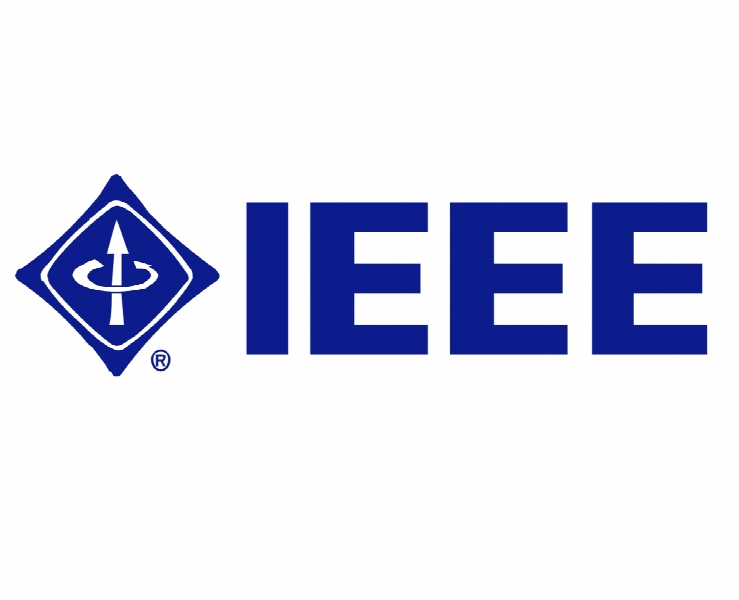کاربرد DEVS برای مدل سازی و شبیه سازی محیط محاسباتی مه Using DEVS for Modeling and Simulating a Fog Computing Environment
- نوع فایل : کتاب
- زبان : انگلیسی
- ناشر : IEEE
- چاپ و سال / کشور: 2018
توضیحات
رشته های مرتبط مهندسی فناوری اطلاعات
گرایش های مرتبط اینترنت و شبکه های گسترده و رایانش ابری
مجله کارگاه رایانش، شبکه و ارتباطات – Workshop on Computing
دانشگاه Department of Systems and Computer Engineering Carleton University – Ottawa – Canada
منتشر شده در نشریه IEEE
کلمات کلیدی محاسبات مه، پردازش ابری، سنجش عملکرد، شبیه سازی، DEVS
گرایش های مرتبط اینترنت و شبکه های گسترده و رایانش ابری
مجله کارگاه رایانش، شبکه و ارتباطات – Workshop on Computing
دانشگاه Department of Systems and Computer Engineering Carleton University – Ottawa – Canada
منتشر شده در نشریه IEEE
کلمات کلیدی محاسبات مه، پردازش ابری، سنجش عملکرد، شبیه سازی، DEVS
Description
I. INTRODUCTION Clouds have been used to provide a variety of online services. Cloud is a paradigm that provides infrastructure and other resources, such as memory, storage, and processing, to the users on-demand. Such services alongside better performance, accessibility, and scalability have made the use of cloud ever more popular. Given the increasing number of users on the cloud, heterogeneity in the services offered, advent of Internet of Things (IoT), and the evolution of Big Data, the conventional cloud is no longer sufficient as a standalone strategy, specially when it comes to delay-sensitive services. The limitations of the cloud such as requirement of high bandwidth, reliable connectivity, and sometimes multihoming has led to the development of a new concept, the fog [1-5]. Cisco estimates that by 2020, there will be 50 billion connected devices. This means that using the current methods and available concepts, networks might fail to handle the massive data demand with a guaranteed QoS. To be able to cope with future demand, low power, small cell networks are necessary. This will not only reduce path loss, but will result in a more efficient use of the spectrum. This issue has lead Cisco to propose a new concept for computing called “Fog Computing”. Fog is a localized cloud with relatively limited processing power which allows for reliable, low-latency, data processing in the proximity of the user. Cisco suggests the use of fog networks in three scenarios [6]: 1) Data is collected from the edge (for example: vehicles, ships, sensors, and roadways); 2) A very large number of devices are in the network sending data; 3) Data processing and decision making should happen in less than a second. The fog infrastructure is proposed to be used in association with a cloud. This collaboration enables a fog to forward data to the cloud for processing in case of an overload and handle time-sensitive data on the spot. Doing so offloads tasks running on the underlying nodes, reduces network traffic at the core, reduces latency, and improves reliability. This not only avoids the need for costly bandwidth, but also protects sensitive data by processing it within the local network. Cisco proposes the following architecture to be used with fog [6]: 1- Most time-sensitive data is processed and analyzed by the fog allowing a decision to be made within less than a second. 2- Data that is less time-sensitive and can be processed in seconds or minutes, is forwarded to an aggregation node for processing and decision making. 3- Even less time-sensitive data is sent to the cloud for analysis and storage.


